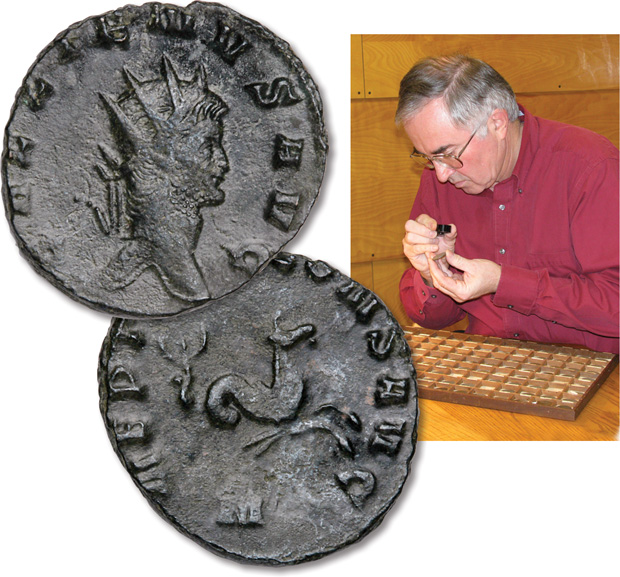About Ancient Coins
The term "ancient coins" generally refers to the oldest-known coins struck from 600-700 B.C. until the 5th century A.D. when the Roman Imperial era came to an end. The most popular ancient coins are Roman, Greek and Biblical issues, although coins struck in China, India and other regions date back to ancient times.
Roman coins tell the story of the most famous empire in world history. Greek coins display beauty that reflects the impressive art and architecture of an advanced ancient civilization. Biblical issues include coins mentioned in the Bible, coins related to events described in the Bible, and coins depicting figures, images or subjects from the Bible.
Because metal alloys and coin planchets (blanks) were not uniform in ancient times, and because both dies and coins were handmade, each piece is to some degree unique. As a result, grading of ancient coins is a more subjective art – depending on numerous variables including planchet flaws, strike, centering, luster, quality of engraving and eye appeal. Coins were frequently hidden underground for safekeeping, and then not retrieved for a variety of reasons. These buried hoards have often been unearthed during excavations or with metal detectors, so a good selection of ancient coins even thousands of years old are still available to collectors for very reasonable cost.

This bronze Antoninianus of Gallienus features the mythical hippocampus on the reverse
Articles About Ancient Coins
- Lives of the Twelve Caesars – by David Sundman
- Otho, the Elusive Roman Emperor – by David Sundman
- Ancient Error Coin – by David Sundman
- Constantine the Great's Palace – by David Sundman
- A Fascinating Find: Wayte Raymond's Ancient Roman Coin Album – by David Sundman
- Neptune's Steeds – by David Sundman
- The Olympics of Ancient Greece – by David Sundman
- Rome Through the Eyes of a Collector – by David Sundman

